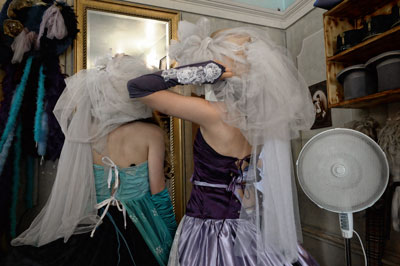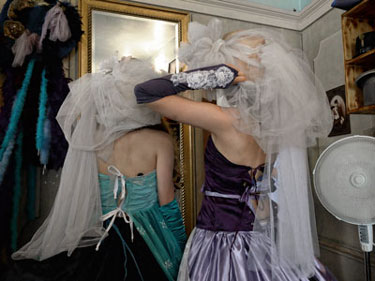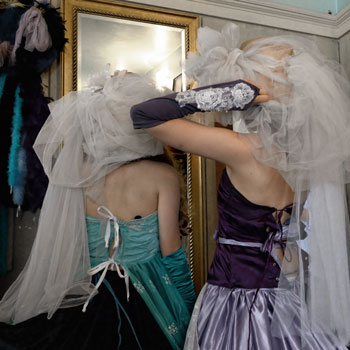There is no ideal image aspect ratio. Depending on the situation, each and every crop ratio has its own pros and cons. Personally I prefer the more landscapy 3 x 2 format, digital imaging’s equivalent to film’s classic 35mm proportions. To some it seems unnatural. Also, the more squarish 4 x 3 offers better corner performance. With all the aspect choices digital cameras offer, which one to go for?

There’s about a dozen standardized image aspect ratios. The older generation, including Canon and Nikon’s more serious gear, uses film’s inherited 3:2 ratio, equivalent to 36mm x 24mm. Four thirds made 4:3 popular.
Now is it heresy to say that I buy a camera also based on its default aspect ratio? That might be utter nonsense and artistic masochism to some. Not that aspect ratios are carved in stone, but somehow 3:2 seems like a good, balanced golden ratio in the photography world.
Wasn’t easy at first when coming to Four Thirds. Took some time to get used to. A good photographer can work with any format and can make any format work, yet didn’t you ever wonder how many photographers sell a camera and buy one with an aspect ratio that better meets their needs? Now I feel at home in both worlds, but when we generally talk about cameras we seem to ignore that ratio-wise it’s like comparing apples and oranges…

By cropping you may “waste” a substantial part of the sensor area, but depending on the situation at hand it makes perfect sense to not only adjust speed and sensitivity, but to also switch in-between image formats.
Most camera menus these days offer the selection of the image area. Being more aware of a frame’s aspect ratio and its influence on the final result trains both the eye and sense for composition. Alright, you might say why bother with this while out in the field, that’s something easily done in post-processing.

A few cameras, like the Panasonic LX7, use an irregularly shaped sensor that allows shooting at multiple aspect ratios natively. Technically such a camera never uses the entire sensor for any one shot.
So instead of experimenting in the field with aspect ratios, better stick with the camera’s default ratio, delivering the highest possible pixel output. Then consecrate yourself to cropping inside the peace of your own four walls.

On the other hand, master photographers probably choose a print aspect ratio on an individual basis (like painters), as part the process to get the best composition for a particular photo. These days the opposite is prevalent. Most people have more megapixels than they ever need. Crop crop crop. What’s the point of composing first when there’s no need to think first. That was one of film photography’s best teachers: being limited to 36 shots a roll. Each frame cost and took time to develop. Not today.
The aspect ratio of a photograph can make or break the composition by both emphasising the subject/object and removing distractions, or by putting the whole scene off-balance. It isn’t always ideal to fill the camera with what’s in front of you. The aspect ratio is a powerful tool to boost the impact of a photograph. But then again, I always come back to 3 x 2 format, but may pay 1 x 1 closer attention…


